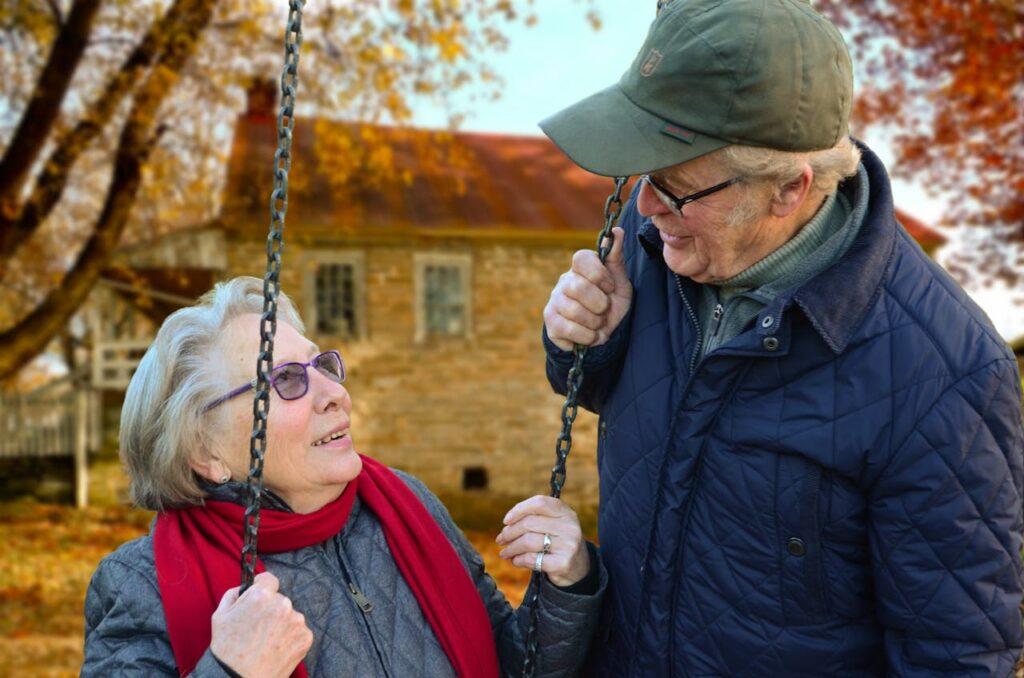
3 Best Moving Companies in Whitby
3 Best Moving Companies in Whitby to Choose from for your condo, apartment, home or office move. You are probably interested in finding out the 3 Best Moving Companies in Whitby. Well, the Executive Moving concierge is here to help. We all have been there on a moving day overwhelmed








